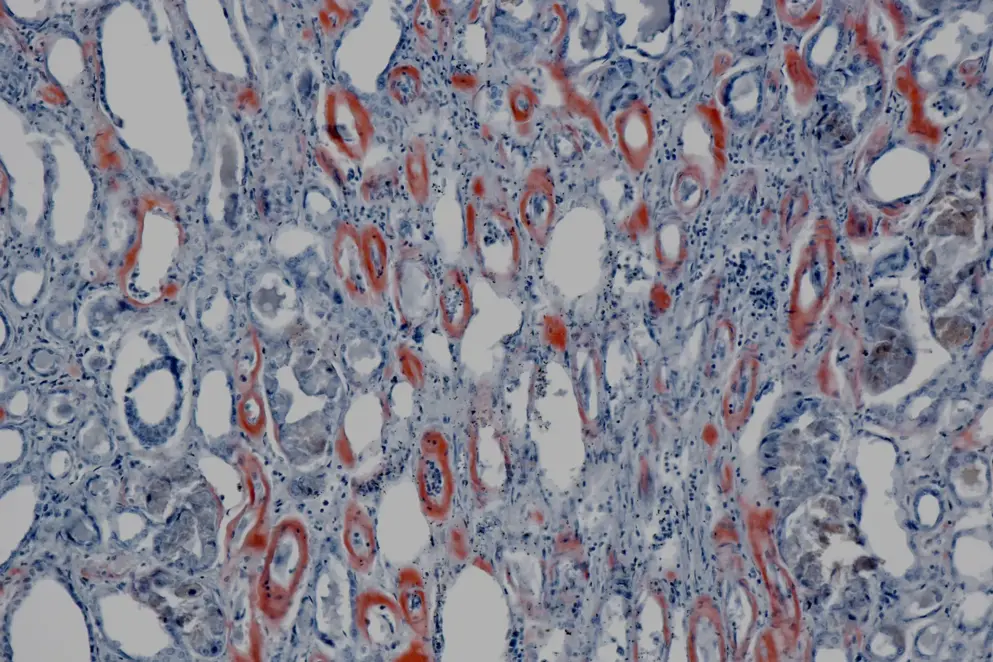
Improving outcomes in AL amyloidosis
Transcript: AL amyloidosis management
Professor Stefano Perlini
All transcripts are created from interview footage and directly reflect the content of the interview at the time. The content is that of the speaker and is not adjusted by Medthority.
Well, in the recent years, we really experienced a major change in the approach to this disease. AL amyloidosis was a rare disease that was mainly the problem of specific excellent centres around the world. This was very important to understand things, but on the other hand, it was a limitation for the patient. Now the culture and awareness is spread anywhere in the world, and this is very, very important. Networking between the centres, sharing information, and sharing results was fundamental. The International Society of Amyloidosis also put together several protocols and several either guidelines or suggestions for the better diagnostic and therapeutic approach. Now we have really an incredible amount of data that are giving us the possibility of treating these patients with evidence-based mechanism, namely several trials up to very recently showed up how different combinations of chemotherapy, either together with bone marrow transplantation or without bone marrow transplantation is very important. We also learned that in some patients, we can do combined bone marrow and heart and/or kidney transplantation.
Now we are moving a step forward. We have the possibility of studying from the lab side to the bedside how important it is to have some tools in order to remove the oligomers and in order to remove the amyloid deposit. This is very important also from a theoretical point of view, because in the past, we're thinking that the toxic activity of these oligomers was very important in diagnosing and prognosis, but we didn't have a real tool to target it. Now several monoclonal antibodies are able to target directly the circulating oligomers or the ones that are deposited in the cells, and this can go hand in hand and altogether with a chemotherapy that is trying to take out the plasma cell clone. In the near future, I am sure that a combination of these two therapeutic approaches will be really a major point in trying to win the battle against this disease. To sum up, we have a lot of data on established chemotherapy protocol that reached really stellar results for these patients. 20 years ago, survival was much worse than the one we can see now. But in therapy, we also need to target what is the problem with oligomers and myocardial toxicity. Now we are moving very fast in this area, and I am sure that the results we heard at the European Society of Cardiology meeting and the results we'll hear very soon will be fundamental in changing our therapeutic approach for these patients.
Updates in your area
of interest
of interest
Articles your peers
are looking at
are looking at
Bookmarks
saved
saved
Days to your
next event
next event

